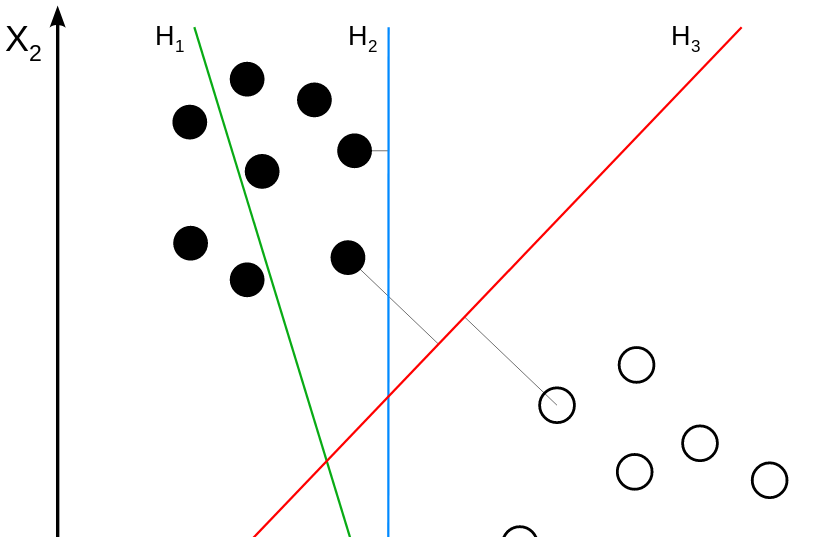Researchers at Ariel University in the West Bank made progress in the field of earthquake prediction by using artificial intelligence to study the levels of electrons in the ionosphere and find potential precursors to an earthquake.
The team used a support vector machine (SVM) - a set of machine learning algorithms that are considered effective at solving classification and regression problems - with GPS ionospheric Total Electron Content (TEC) time series estimations to look for precursors to an earthquake and thereby generate more accurate earthquake predictions.
The researchers, led by Dr. Yuval Reuveni from the Department of Physics, published their findings in a peer-reviewed study in the geography journal Remote Sensing on Sunday.
By examining the connection between the TEC of the ionosphere and geodynamic activity, the team found that the TEC can be used to accurately predict earthquakes.
“Natural hazard signatures associated with strong earthquakes can appear in the lithosphere, troposphere, and ionosphere, where current remote sensing technologies have become valuable tools for detecting and measuring early warning signals of stress build-up deep in the Earth’s crust (presumably associated with earthquake events),” the researchers said.

“After filtering and screening our data for solar or geomagnetic influences at different time scales, our results indicate that for large earthquakes (>Mw 6) [greater than 6.0 on the moment magnitude scale], true negative predictions can be achieved with 85.7% accuracy, and true positive predictions with an accuracy of 80%,” they added.
“While this is not yet a foolproof method of predicting earthquakes, it is a promising step forward in our efforts to better understand and anticipate seismic activity.”
Dr. Yuval Reuveni, Ariel University Department of Physics
“Our research shows that there is a clear correlation between ionospheric TEC values and geodynamic activity. By utilizing the ML approach, we were able to accurately predict earthquake events with a certain degree of success,” said Reuveni. “While this is not yet a foolproof method of predicting earthquakes, it is a promising step forward in our efforts to better understand and anticipate seismic activity.”
New prediction method could save lives, reduce earthquake damage
The use of GPS receivers to estimate TEC is less expensive than other methods and could provide time for people to prepare for an earthquake or reduce earthquake damage, according to the university.
